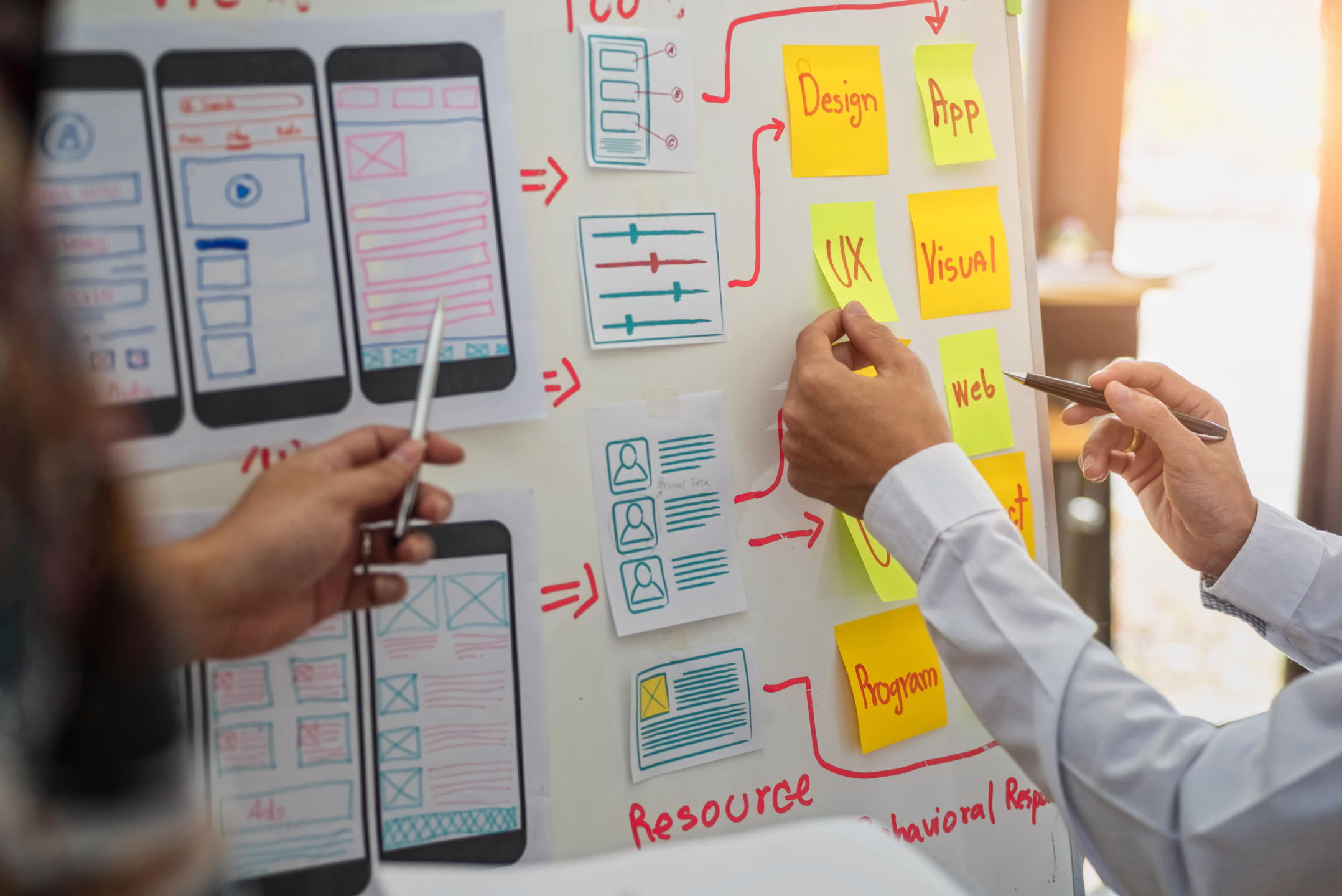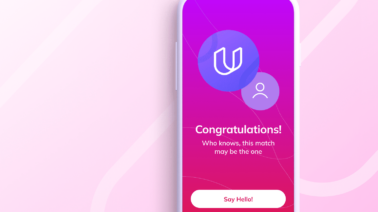
Did you know that companies across America lose an estimated 75 billion dollars a year due to poor customer experience?
Knowing how much is on the line for companies to get it right, it’s no surprise that UX design professionals are in high demand, with the average salary for a UX designer at $85,000. A great way to break into the field is by specializing in an area interaction design.
Here’s more on what you need to know about interaction design and how to pursue a career in this area.
What is Interaction Design?
Interaction design, often abbreviated as IxD, is the practice of designing interactive digital products and services.
The main focus of interaction design is the way users interact with products. The goal is to create products that enable the user to achieve their objective(s) in the best way possible.
IxD synthesizes and imagines things as they could be while considering how to satisfy the users. Interaction designers use principles of good communication to create desired user experiences.
Interaction design has five dimensions:
- Words
- Visual representations
- Physical objects or space
- Time
- Behavior
The interaction design process and the UX design process are sometimes confused, and that’s to be expected as they do have some overlap, but they’re actually two distinct skill sets.
Interaction Design Versus User Experience
Interaction design is focused on the actual moments a user is interacting with a product, with the primary objective to make that experience as interactive as possible.
For those in more generalized UX design, interaction is only one aspect of the entire end-to-end journey they design for users. UX designers are responsible for all the steps of the journey, whereas IxD is focused on the one area.
Interaction designers are tasked with simplifying the interactions customers have, while at the same time offering the most optimal experience. Meanwhile, UX designers are looking for potential flaws in each step leading up to and after the interaction occurs.
Benefits of Interaction Design
One of the most critical elements of interaction design is the focus on clear, strong communication. By carefully selecting words and images, interaction design is focused on conveying necessary information and messaging as concisely as possible.
It’s also important to note that the way something is designed is purposely meant to elicit and influence a response from the user. Everything from font and color to layout and images can influence how a user feels, so IxD designers take into account the research compiled on targeted users to create the best possible experience for them.
Plus, interaction design can save both time and money as it can provide more accuracy when estimating timelines for development. It also means the design team isn’t adding unnecessary features that can impact budget and implementation. As interaction design relies heavily on the creation of prototypes to better understand how actual users will react to a design, these proptypes allow the project to move forward with confidence.
Get Started with a Career in Interaction Design
If you’re looking to break into the field of interaction design, you’ll need to have the right skills. Plus, experience with UX design will be key.
Employers will often look for potential hires to share a portfolio, so if you don’t have one, now’s the time to start working on it. Interaction design is one area of user experience where you can make a big impact, and having the right training and skills will set you on a path to success.
Are you interested in furthering your education in a field focused on creativity and innovation?
Udacity’s UX Design Nanodegree Program teaches you how to design impactful user experiences for products in today’s digital world. You’ll learn how to create digital user experiences that are ready to be handed off for development while building a portfolio that showcases your ability to transform user research to high-fidelity interactive designs.



